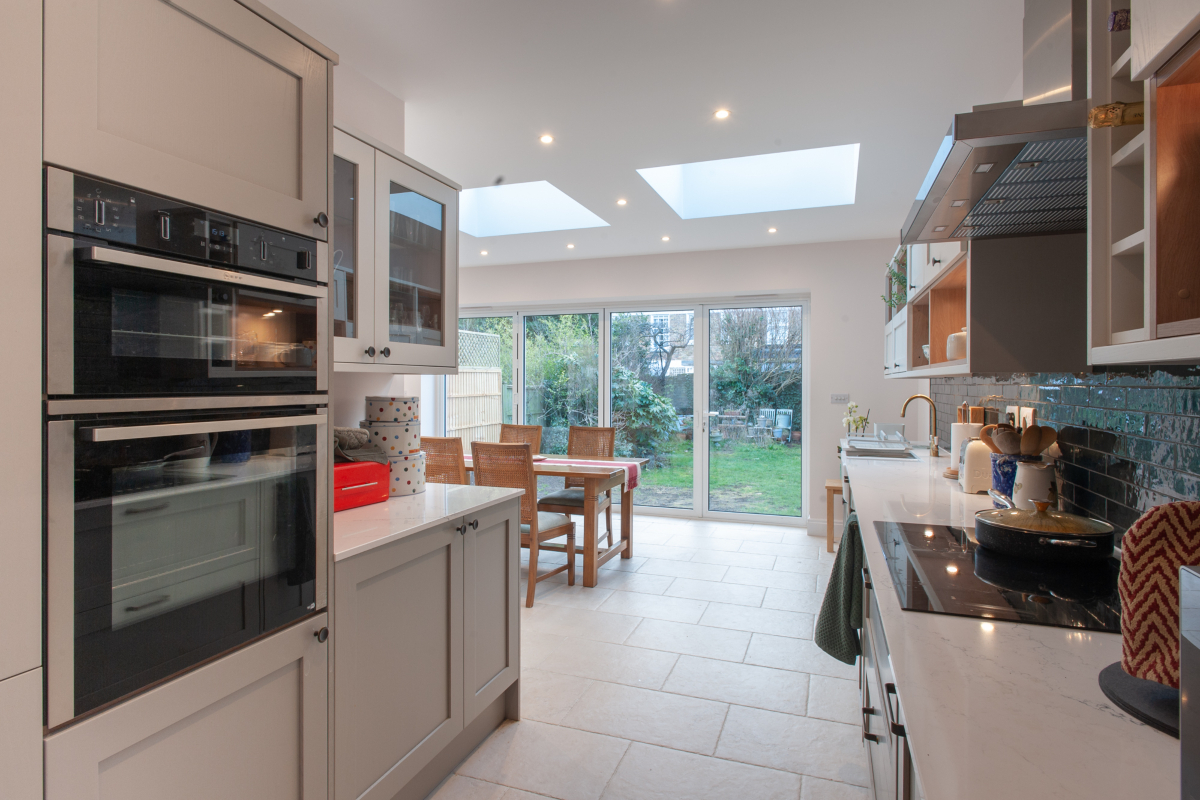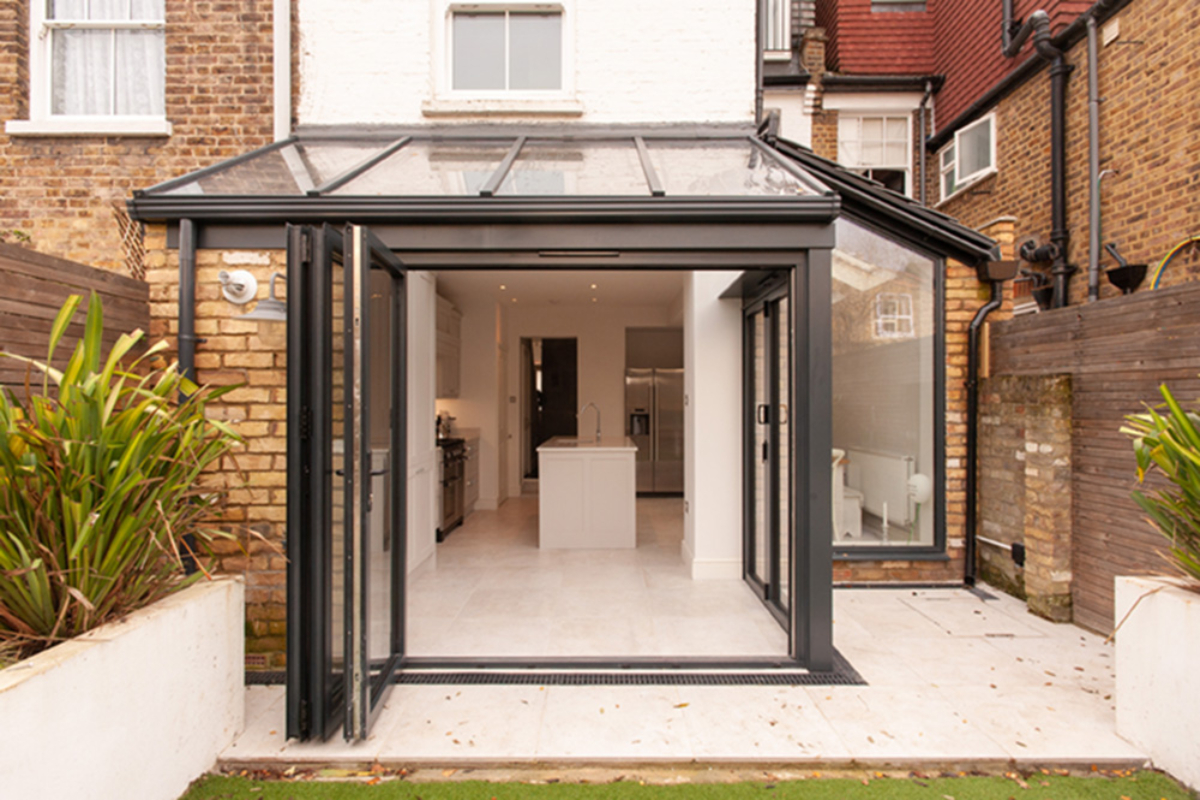Cool garden office design and outdoor spaces are demanded by clients after the pandemic years. Given the time people spent, buyers are keen to have an outdoor workspace. From the available varieties of green retreats, one with permitted developments will save money. There is a home, garden office, summer house, office pods for small gardens to choose from.
South-facing gardens are the most prized in 2022, according to the reports from the Roofing Megastore. Hence with maximum sunlight, house value can go upto £6000. The price reduces with west, east, and north.
Here are some contemporary garden office design ideas for easy work from home.
Pod rooms for small garden office

It is compact, stylish and is designed for a 30-year life span. With added insulation, it will be usable all-year-round.
A cost-effective, private, and well-designed space will create an effective environment. And harmony with nature will provide calmness.
Blended workstation

Blurring the lines between interior and exterior brings more natural light with increased living space. But it majorly depends on the flow space in between. Extending your kitchen floor outdoors and building a workstation around it is a good example.
Using greenery around or in the flow space will provide a smooth transition to outdoor space. Additionally, it will easily find electricity and heating sources from the original building. The outdoor building will be as comfy and cosy as any inside room.
If planned carefully, it will help you save money as well. Conservatories are an effective adaptation of the same concept. Moreover, you won’t need planning permission if constructed under permitted development.
Glassy garden office

With a 360 degree view from your backyard, working in the rain will undo your stress. Moreover, you will not need any planning permission for this.
You can use it like that or pair with an awning for more possibilities. It is not the cheapest option as glass and steel frames will be expensive. But will definitely make your backyard glassy classy.
And if you leave this area flexible to use, you will surprise yourself.
Modular garden office

Building modules are designed with reference to the panel size. Therefore, it’s easy to mix and match the panels to create unique layouts. For instance, a fusion of two or three different panels will create something new.
We don’t need construction permits or licence and can easily dismantle the room to move.
Bespoke garden offices

At times, a bespoke option can turn out to be more budget friendly. It will allow you to choose where to spend and where to save.
While you have the chance to save money, the final cost can be unpredictable. Therefore, hiring a professional in this case would make your work easier.
Does your garden need permission?
It is subjective to every building, project, and street. For the majority of garden offices, the answer is no as it falls under permitted development.
Your garden office may not require planning permission providing:
- The building is single storey with maximum overall height of 4m for a dual pitched roof or 3m for any other roof
- Also, it should be at least 2m from the boundary
- The building is not on land forward of a wall making up house’s principal elevation
- There are no verandas or balconies exceeding 0.3m and building only takes 50% of the area




